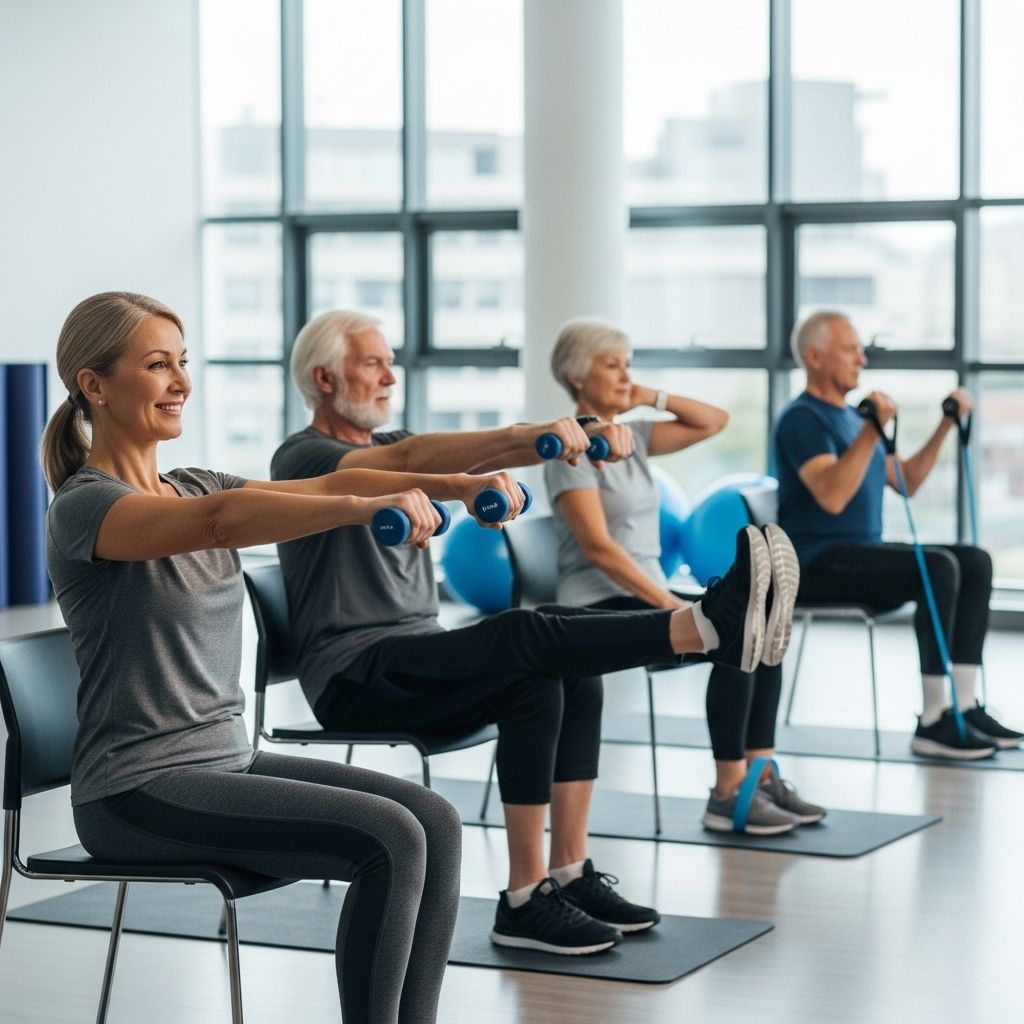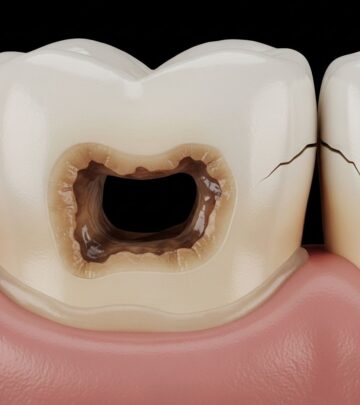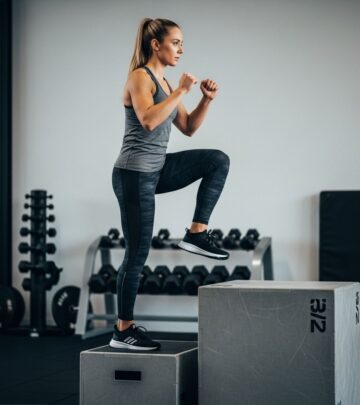Seated Exercises for Older Adults: Safe Fitness with Chair Workouts
Discover safe, effective seated exercises tailored for older adults to boost strength, mobility, and wellbeing — all from a simple chair.

Seated Exercises for Older Adults: A Safe Path to Strength and Mobility
n
Maintaining physical activity is crucial for healthy aging. However, mobility limitations, chronic pain, or concerns about falling can make standing workouts challenging for older adults. Seated exercises provide a safe, accessible, and effective alternative, allowing seniors to build strength, improve flexibility, and boost confidence—all from the comfort of a sturdy chair.
nn
Why Choose Seated Exercises?
n
- n
- Accessibility: Require minimal equipment (just a stable chair), making them easy to perform at home.
- Safety: Reduce the risk of falls and joint strain, especially for those with balance or mobility challenges.
- Health Benefits: Improve muscle strength, flexibility, posture, circulation, and overall mobility.
- Mental Wellbeing: Can lift mood, reduce fatigue, and provide a sense of accomplishment.
n
n
n
n
nn
The Benefits of Chair-Based Exercise for Older Adults
n
Regular chair exercises offer multiple advantages for seniors and anyone with limited mobility:
n
- n
- Maintain Independence: Keeping muscles strong enables seniors to perform everyday activities, such as getting in and out of chairs, reaching, and dressing themselves.
- Decrease Fall Risk: Chair-based routines support balance and coordination, lowering the likelihood of falls.
- Support Joint Health: Gentle movement increases blood flow, lubricates joints, and can relieve stiffness associated with long periods of sitting.
- Encourage Consistency: Low-impact, adaptable routines are easy to stick with, even for those unfamiliar with exercise or during bad weather.
- Boost Heart Health: Some seated movements gently elevate heart rate, enhancing cardiovascular fitness.
- Promote Social Engagement: Group classes—whether in person or virtual—can enhance enjoyment and motivation.
n
n
n
n
n
n
nn
Addressing Myths About Seated Exercise
n
Despite their benefits, chair exercises are sometimes misunderstood as ”too easy” or suitable only for the most frail. In reality, these workouts can be:
n
- n
- Challenging and Progressive: Movements can be adapted or intensified, using hand weights or resistance bands for added strength work.
- Emotionally Uplifting: Many participants report feeling more energetic and confident after regular sessions, especially with group support.
- Useful Across Ages: Anyone, regardless of age or fitness level, can gain benefits from chair-based exercise, particularly those recovering from surgery, illness, or living with chronic conditions.
n
n
n
nn
Seated Exercise Essentials: What You Need
n
- n
- Chair: Use a firm, stable chair without wheels or armrests that allows your feet to rest flat on the floor.
- Comfortable Clothes: Choose loose, breathable clothing that allows free movement.
- Optional Equipment: Water bottles, canned goods, light hand weights, or resistance bands for added challenge.
- Water: Stay hydrated throughout your workout.
n
n
n
n
n
Always check with your healthcare provider before starting a new exercise routine, especially if you have health concerns or a history of falls.
nn
Warm-Up: Preparing for Seated Exercise
n
Begin every session with a gentle warm-up to increase circulation and reduce stiffness:
n
- n
- Seated March: March your feet up and down while seated for 1–2 minutes.
- Shoulder Rolls: Lift shoulders toward your ears, roll them backward and down. Repeat 10 times, then reverse direction.
- Neck Stretches: Gently tilt your head side to side, holding briefly on each side.
n
n
n
nn
Core Seated Exercises for Older Adults
n
Below are key chair exercises targeting different areas of the body. Perform these movements slowly and with control. Aim for 10 to 15 repetitions of each, as able.
nn
Belly Breathing and Core Activation
n
Sit upright with your feet flat on the floor, hands resting on your stomach.
n
- n
- Inhale deeply, expanding your belly and chest.
- Pull your belly button toward your spine as you exhale, maintaining a straight neck and gently tucking your chin.
- Hold for a few seconds, then repeat.
n
n
n
n
This strengthens the core, supports posture, and provides a foundation for all other moves.
nn
Shoulder Rolls and Upper Body Mobility
n
- n
- Sit tall. Shrug your shoulders up toward your ears as high as comfortable.
- Roll your shoulders forward, down, back, and up in a slow circle.
- Repeat 10 times, then reverse direction for another 10 circles.
n
n
n
n
This releases tension, increases shoulder mobility, and helps posture.
nn
Arm and Shoulder Strengtheners
n
- n
- Bicep Curls: Hold light weights or water bottles. With elbows by your side, slowly curl the weights up and lower back down.
- Overhead Press: Holding weights, lift arms overhead, then lower with control. Only raise as high as comfortable for your shoulders.
- Lateral Raises: With elbows slightly bent, lift arms out to the side until at shoulder height, then lower.
n
n
n
nn
Grip and Wrist Exercises
n
- n
- Grip Squeeze: Squeeze a soft ball or rolled-up towel and release.
- Wrist Circles: Extend arms in front and rotate wrists clockwise and counterclockwise.
n
n
n
These movements help maintain hand strength and dexterity vital for daily tasks.
nn
Seated Leg and Hip Exercises
n
- n
- Seated Knee Extensions: Straighten one leg, hold briefly, and lower. Alternate sides.
- Seated March: Lift knees high, one after the other, as if marching in place.
- Heel and Toe Lifts: Place both feet on the ground. Raise heels, then lower and raise toes.
- Seated Hip Abductions: With a resistance band around your thighs or just using your muscles, move knees out to the side and return.
n
n
n
n
nn
Ankle and Foot Mobility
n
- n
- With heels on the floor, trace the alphabet with your toes or make circles to improve ankle flexibility.
- Alternate flexing and pointing your toes.
n
n
nn
Seated Stretching for Flexibility
n
- n
- Spinal Twist: Sit tall, gently twist your upper body to the left, holding the back of the chair. Hold 10 seconds. Repeat to the right.
- Side Bend: Raise one arm overhead and gently lean to the opposite side. Hold briefly and switch.
- Hamstring Stretch: Extend one leg straight with heel on the floor, toes up. Lean forward slightly while keeping back and neck straight. Hold, then switch legs.
n
n
n
nn
Building an Effective Seated Exercise Routine
n
The best results come from regular, varied routines that cover all major muscle groups and include stretching for flexibility. Consider the sample weekly plan below for guidance:
nn
| Day | Focus | Sample Exercises |
|---|---|---|
| Monday | Upper Body Strength | Shoulder Rolls, Bicep Curls, Overhead Press, Lateral Raises |
| Tuesday | Core & Flexibility | Belly Breaths, Spinal Twist, Side Bend |
| Wednesday | Lower Body Strength | Knee Extensions, Marching, Hip Abductions |
| Thursday | Grip & Wrist Strengthening | Grip Squeeze, Wrist Circles, Finger Stretches |
| Friday | Full Body & Balance | Light Resistance Routine combining all areas |
| Saturday | Gentle Stretch | Neck Stretches, Hamstring Stretch, Ankle Circles |
| Sunday | Rest or Light Movement | Seated March, Breathing Exercises |
nn
Tips for Success and Motivation
n
- n
- Start Slow: Begin with fewer repetitions and increase as you build strength.
- Listen to Your Body: Stop any movement that causes pain, dizziness, or shortness of breath.
- Make It a Habit: Set a regular schedule and pair exercise with music or social engagement for greater enjoyment.
- Stay Positive: Celebrate small improvements in strength, flexibility, or confidence.
- Modify as Needed: Adapt exercises to your comfort level and seek advice from a physical therapist if unsure.
n
n
n
n
n
nn
Addressing Common Barriers
n
Older adults sometimes hesitate to exercise due to worries about injury or lack of experience. Seated routines offer low-risk, beginner-friendly ways to get moving:
n
- n
- No Gym Needed: All you need is a sturdy chair and simple props (like water bottles).
- Flexible Intensity: Routines can be adjusted for both beginners and those seeking more challenge.
- Social Benefits: Many local organizations offer group sessions in person or online, fostering camaraderie and support.
- Mental Health: Physical activity—no matter how gentle—can lift mood and combat loneliness.
n
n
n
n
nn
Safety Tips for Seated Exercise
n
- n
- Use the Right Chair: Ensure it is sturdy, straight-backed, and doesn’t tip or roll.
- Clear the Space: Remove tripping hazards around the chair.
- Foot Position: Keep feet flat on the floor for stability unless the movement requires otherwise.
- Monitor Health: If you take medication that affects balance or blood pressure, move slowly and consult your doctor before beginning.
n
n
n
n
nn
Frequently Asked Questions (FAQs)
n
Q: How often should older adults do chair exercises?
n
A: Most experts recommend aiming for at least two to three times per week, but even short daily sessions can provide benefits. Consistency is key for maintaining progress.
nn
Q: What if I have limited mobility or chronic conditions?
n
A: Chair-based exercise routines are specifically designed for people with limited mobility, arthritis, chronic pain, or during recovery. Modify movements as needed and prioritize comfort and safety.
nn
Q: Can seated exercise help with balance?
n
A: Yes. By strengthening the core, legs, and glutes, chair workouts can improve the stability required for balance. Over time, this may translate to increased confidence and safety during standing and walking.
nn
Q: What equipment can enhance seated workouts?
n
A: While a sturdy chair is the only requirement, optional equipment such as resistance bands, light hand weights, or even household items like water bottles can add challenge as you progress.
nn
Q: Are there group classes or resources for guided seated exercise?
n
A: Many community centers, senior organizations, and online platforms offer group classes or video guides. These can increase motivation, foster social connections, and ensure correct form.
nn
Resources for Further Exploration
n
- n
- Check with your local community center or senior program for seated exercise classes.
- Look for reputable online videos or apps offering guided routines specifically for older adults.
- Consult a physical therapist for personalized recommendations, especially if you have unique health needs or injuries.
n
n
n
nn
Key Takeaways: Staying Active and Independent
n
- n
- Seated exercises are effective, safe, and adaptable for almost any older adult.
- Chair routines can promote independence, reduce fall risk, and support healthy aging.
- Engage in regular, varied routines, pace yourself, and celebrate improvements.
- Always consult your healthcare provider before starting a new exercise regimen.
n
n
n
n
n
References
- https://www.carelink.org/benefits-of-chair-exercises-for-seniors/
- https://extension.okstate.edu/articles/2021/chair-exercises.html
- https://www.webmd.com/fitness-exercise/features/4-benefits-chair-exercises-seniors
- https://pmc.ncbi.nlm.nih.gov/articles/PMC7920319/
- https://health.clevelandclinic.org/chair-exercises-for-seniors
- https://emduk.org/the-benefits-of-seated-exercise/
- https://www.youtube.com/watch?v=8BcPHWGQO44
- https://www.nhs.uk/live-well/exercise/sitting-exercises/
Read full bio of Sneha Tete












